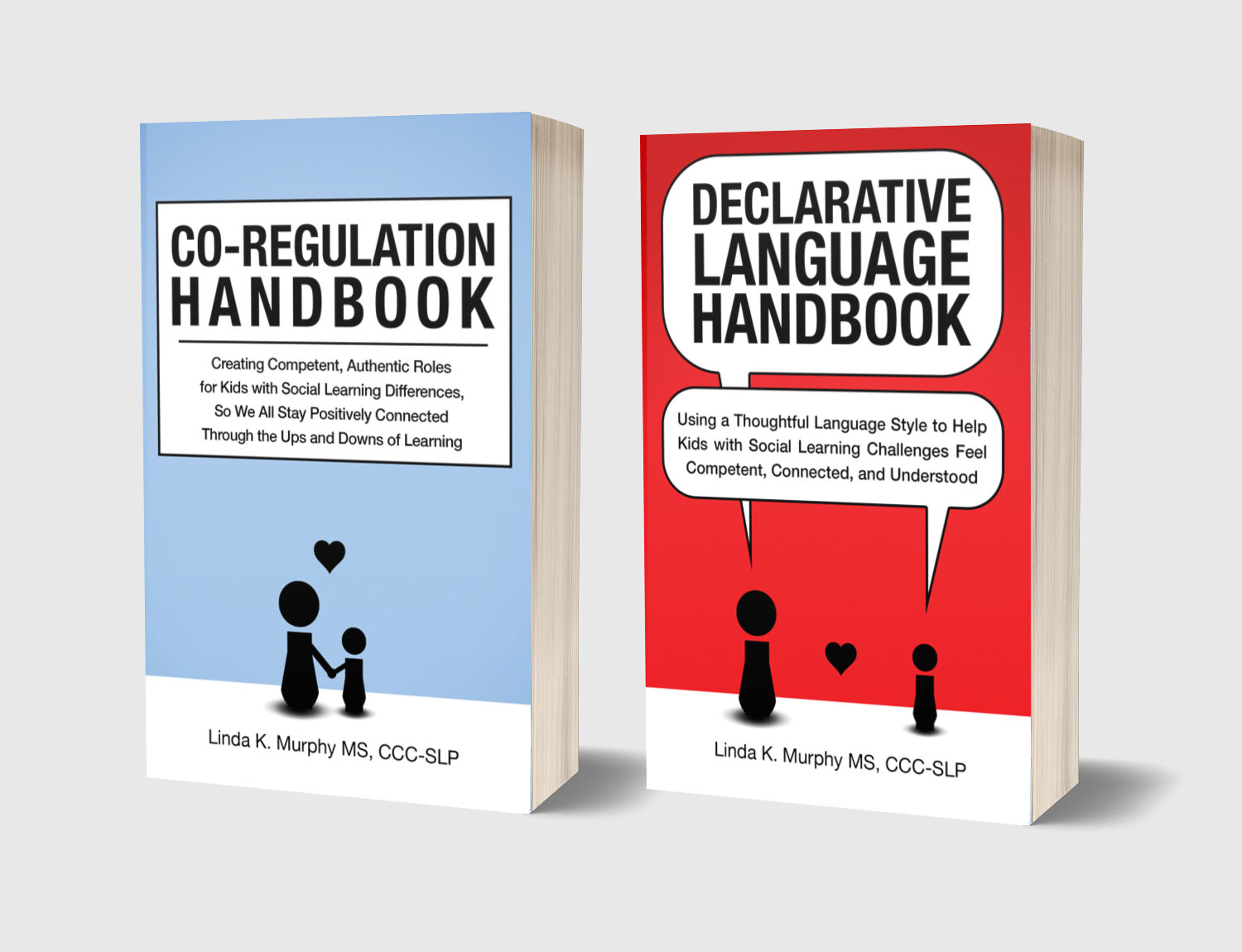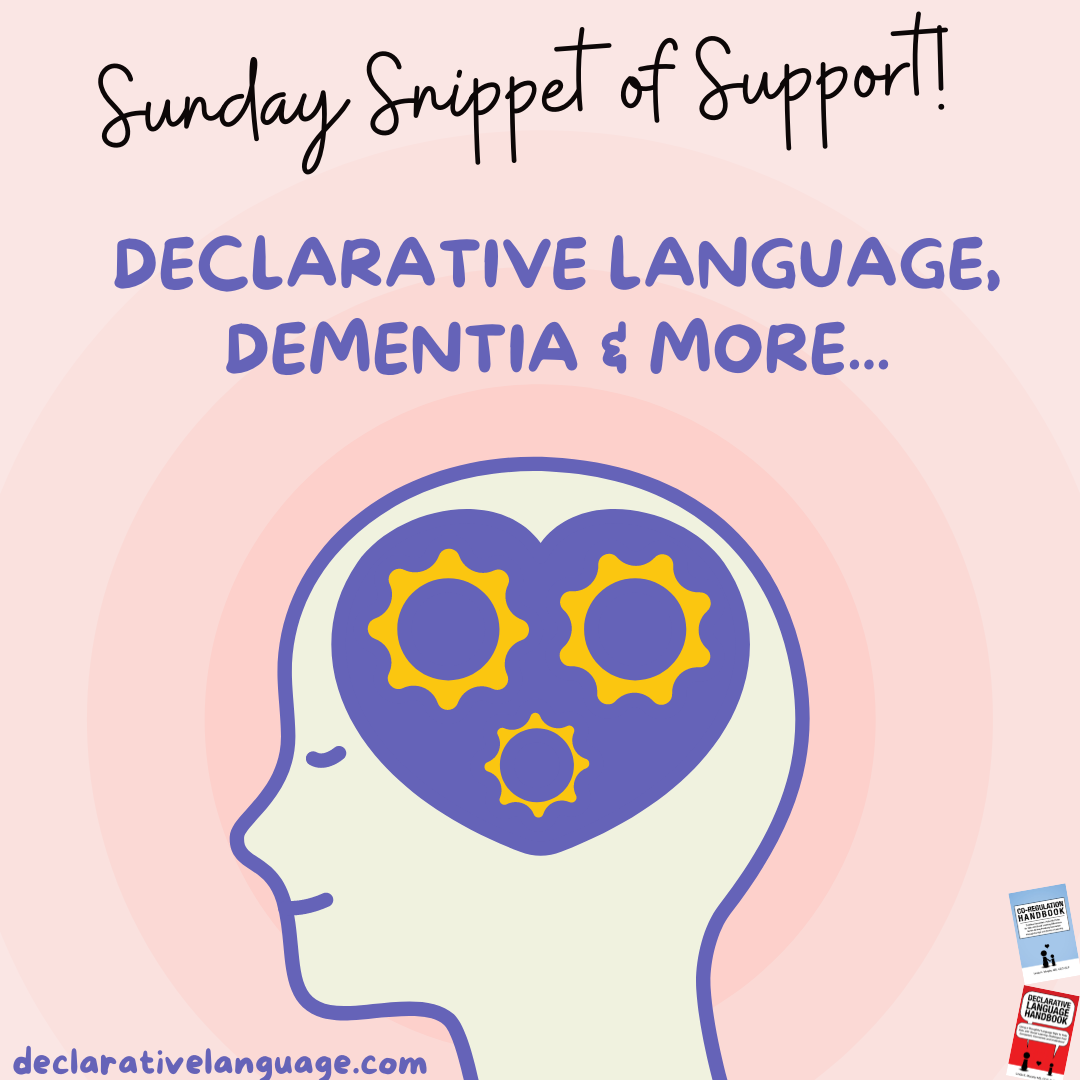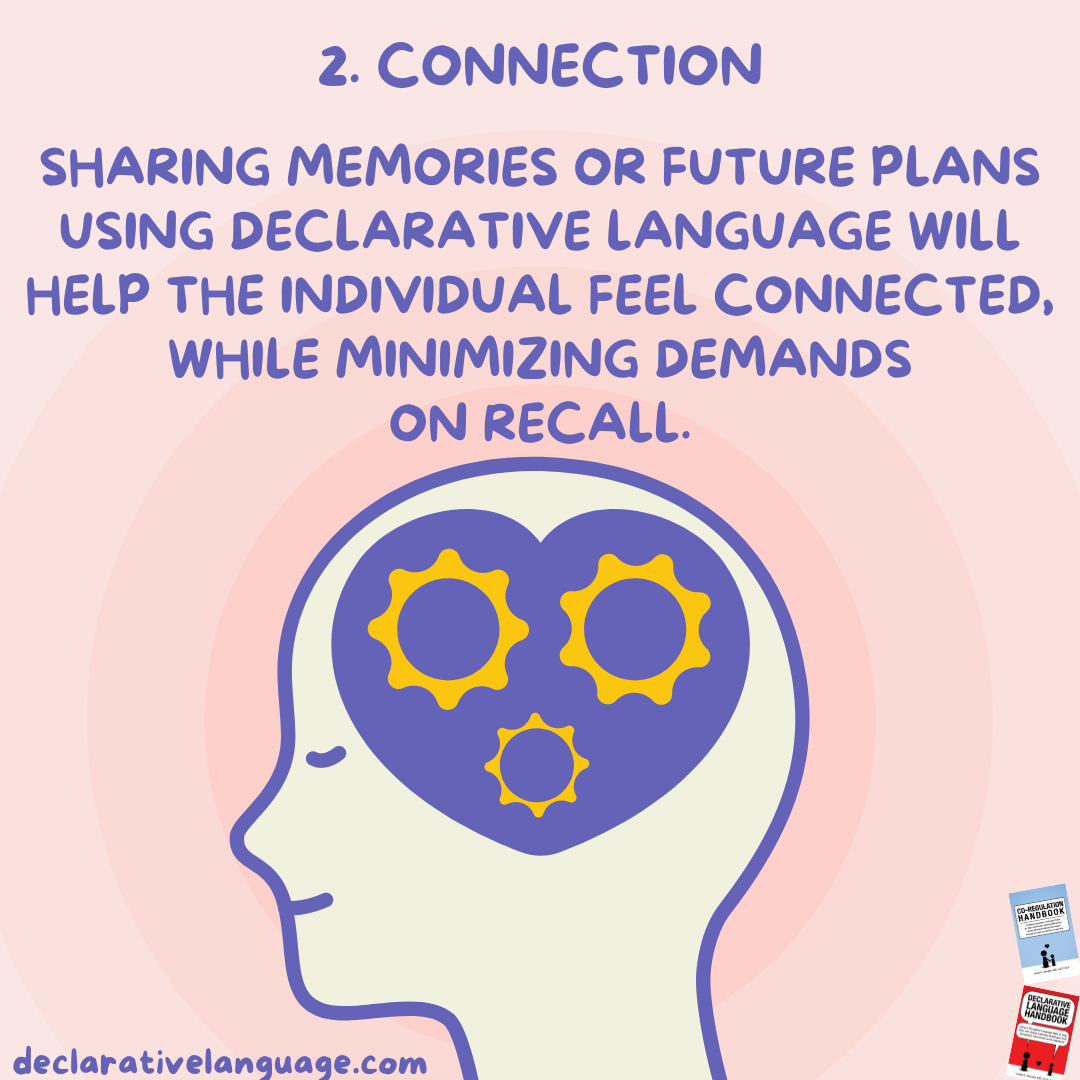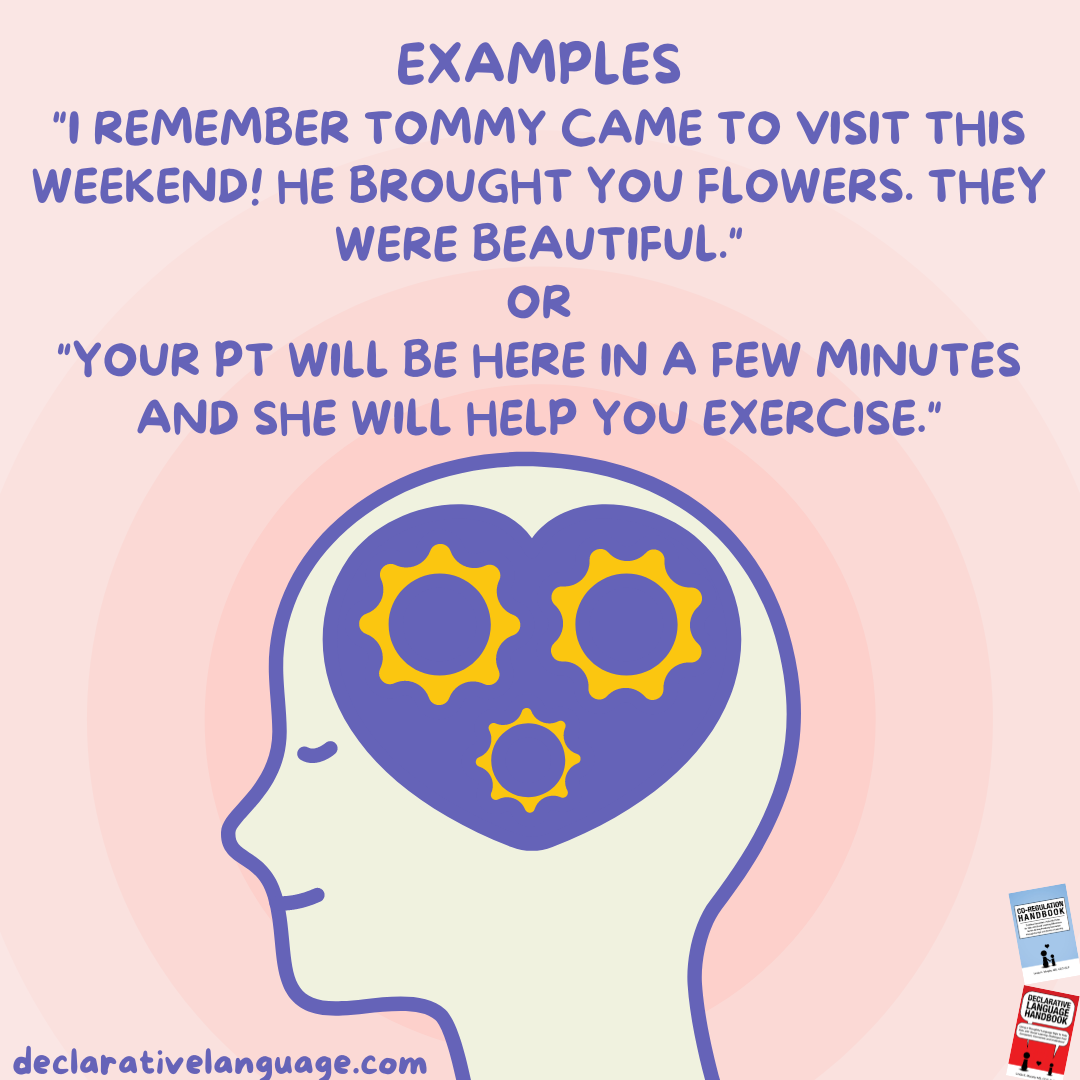Declarative Language, Dementia, & More
I have been spending my Monday mornings since the fall with my friend Eileen’s mom, Kathleen. I have known Eileen since I was 14 years old, and her mom for pretty much that long as well. Kathleen was diagnosed with a glioblastoma in September 2021, and has been staying with Eileen and her family since then.
There are so many fun, unique things about Kathleen. She loves bananas, has lived on the same street her whole life, has neighbors who adore her, and purchased stock in Starbuck’s way ahead of the curve. I bring Starbucks and we have our morning coffee together ( her “first sip” as she calls it). Then, depending how she is feeling, we either chat, look at photos, play Rummikub, or respond to texts and phone messages she has received.
I have heard from other speech language pathologists, who work with adults with dementia and other neurogenic communication disorders, that declarative language is helpful for this population as well.
With Kathleen, I have observed this firsthand. I have also found that using co-regulatory frameworks (or creating competent authentic, contingent roles) is a successful way to engage her. I wanted to share this with all of you, in the event this information is helpful with other people in your life, and so you know that DL and CR extend beyond individuals with social learning differences.
To follow are specific ways that I communicate with Kathleen, along with things I am thinking about, which seem to support her engagement and communication.
I make declarative comments instead of asking open-ended questions.
This helps her feel competent, and connected.
I can see how she may struggle and feel less competent when questions come her way that she is not able to quickly answer. Instead, I comment.
These comments may be sharing observations in the immediate environment, sharing memories with her, or sharing upcoming events in her day or week.
Here are some examples (and many more are in Declarative Language Handbook):
“Eileen told me that you visited with Tommy this weekend. He brought you those flowers. They are beautiful! You are really special to Tommy.”
“I can tell you love bananas!”
“I remember you telling me that you have family in Galway.”
Processing time is also important. Although she has answered questions or followed up on comments more quickly in the past, I can see it is helpful to wait quietly between my statements. This allows her time to process what I have said and formulate a response.
In the meantime, I try to notice her nonverbal cues and carve out space when I can see she is working on getting a thought out. For example, when she is communicating with others on the phone, I can share with them what I am observing: “Kathleen heard what you said, and she is thinking about what she wants to say next.”
That way, her communication partner on the phone doesn’t jump in too quickly, with more language to process.
Kathleen sometimes responds in a way is not connected to the previous statement or question. This is okay. I can either recap for her using declarative language (“I heard so and so say….”), or go with the new topic at hand.
Maintaining her feelings of competence in these moments is my priority, so I respond in the way that will best validate her communication and initiation.
I use co-regulation.
This allows her to be independent in some way, while meeting her where she is at in the moment.
I create partnerships with Kathleen while engaging her in meaningful, authentic activities such as texting family members or friends. For example, I may mention 1-2 people, to explore whose text she would like to respond to, and then use declarative language to “brainstorm” with her what she might like to say.
If she has an idea, I type that right away, but if she doesn’t, I offer ideas to get started (e.g., “Maybe we could write…”). Then, our shared roles are Typer (Me) and Sender (Her). I type out the message and then hold the phone in such a way that she can hit the send arrow on her own. (I talk a lot about competent, authentic, contingent roles in Co-Regulation Handbook).
Here is another example.
While playing Rummikub, we played as opponents in the fall, but more recent games have been most successful when we are partners.
I locate a tile for our next move, and then I hold it out to her so she can place it on the board, creating contingent roles of Finder (Me) and Placer (Her).
Interoception. I also recently messaged with one of my favorite followers turned pen-pal (Hi Ellen!). After last week’s post on interoception and DL, she shared how her mother, who has dementia, struggles with interoception, and how using DL in these instances really resonated for her. I am grateful she shared this insight!
Declarative Language and Co-Regulation are important, helpful tools for positive communication and engagement across the lifespan. The more we share these ideas, the more we all can feel comfortable and empowered engaging our loved ones, no matter their age, while helping them feel competent, connected and understood.
Have a great week and thank you for keeping Kathleen and her family in your thoughts!
If you like my Sunday Snippets of Support, you can receive them directly to your inbox here.










